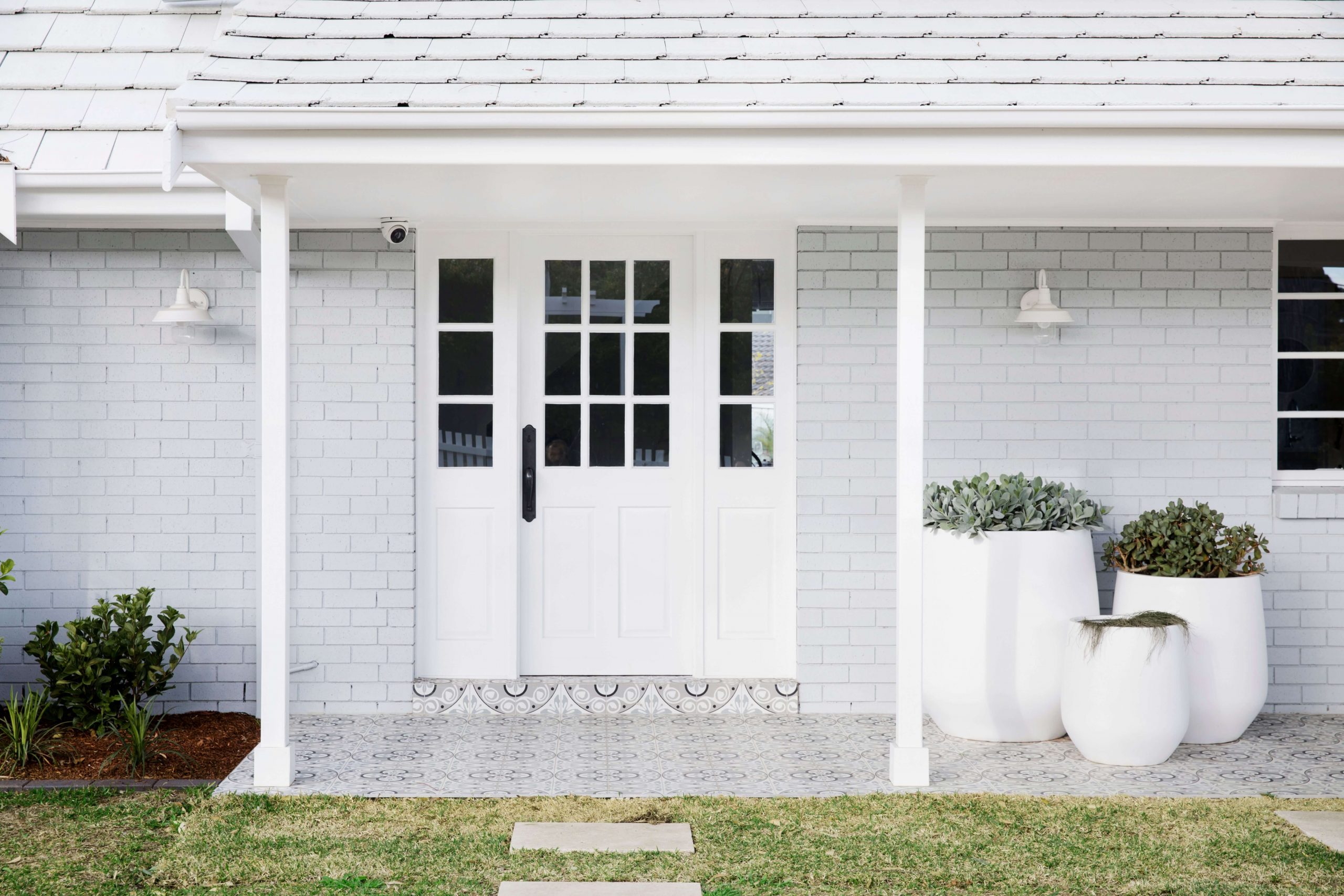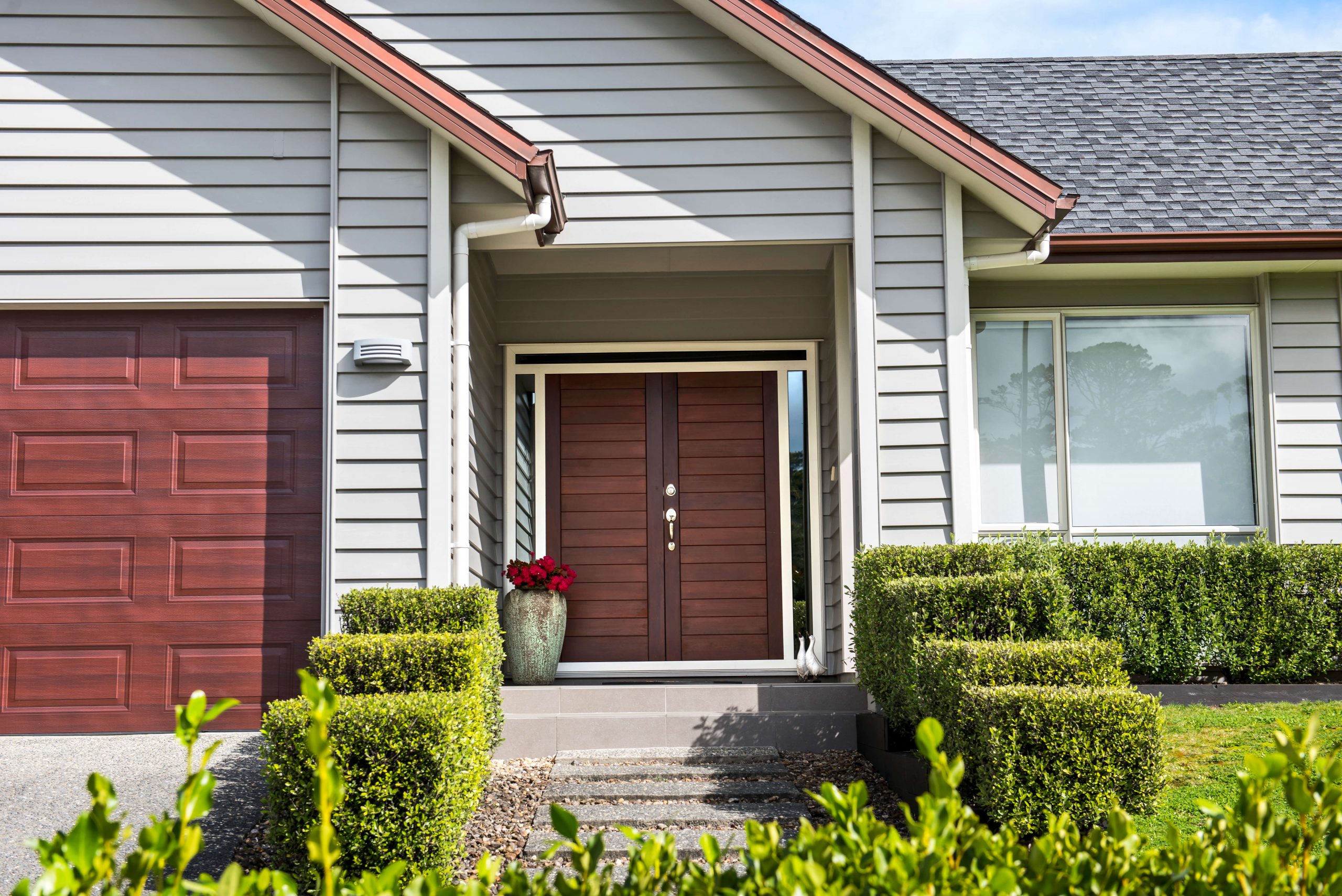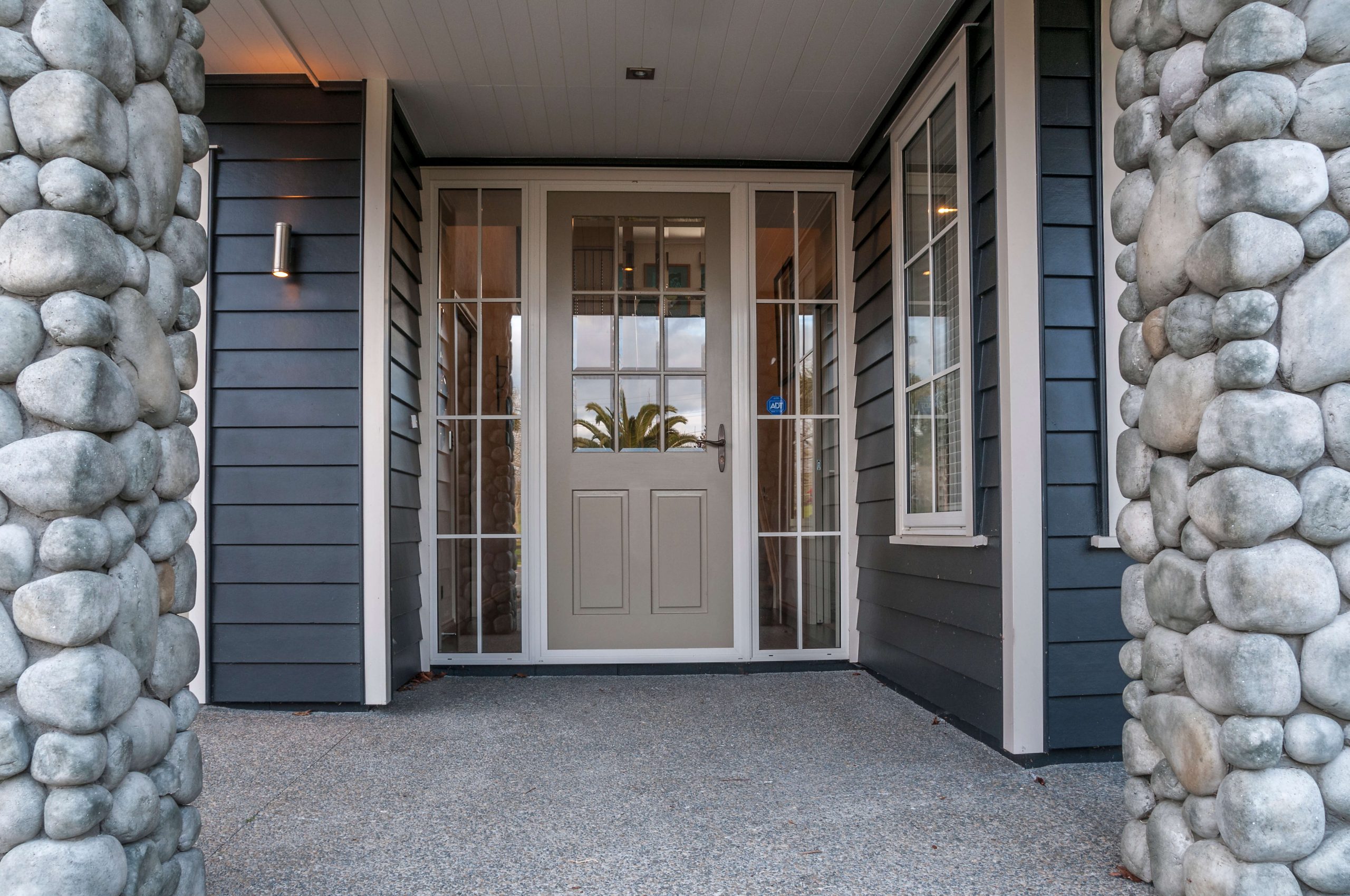Why does having my timber door exposed to the elements void the manufacturer’s warranty?
Are you considering buying a new front door? Have noticed that manufacturers have conditions on their warranties, such as ‘the door must cover a minimum of 1200mm’, or ‘it cannot be exposed to direct sunlight for more than 4 hours at a time’, or ‘no direct rain’. Are you puzzled about why this is so when timber entrance doors have been used for centuries?

First, let’s take a look at what these doors are made of: wood. Wood is a natural material coming from trees, trees are outside and exposed to the elements, so why are we told protection is required when it comes to the door? When the wood is still a tree it is alive and can handle such hardship but let’s think about if the tree falls, what happens then? It starts to rot and break down as it no longer has a lifeforce to keep it going. The same can happen to your door if it gets wet and ends up having water sit on any location of the door.
OK so this explains the reason why timber doors need to be protected from rain but what about the sun? The heat from the sun can be harmful to your timber door as it can cause it to crack. Another issue the sun can cause is when the timber heats up it expands but not at a consistent rate, making the door bend and bow.

We should also consider house design, which has evolved and changed over the years. If you look at the older house designs like the villa or bungalow you will notice that they had porches at their front and back doors resulting in the doors being protected causing no issues to arise from having timber doors. But now houses don’t always have that protection incorporated into the design. Resulting in the popularity of doors being weatherproof sky rocketing, options include Aluminium and Composite both with their unique benefits.
A key difference between old timber doors and new ones is that 100 years ago, they were using the best heart timber, because there was so much of it available. Nowadays all the original forests have been cut down or protected. Therefore, we are either using leftovers (outer, younger wood, which is more prone to movement than heart wood) or plantation timber, which is generally younger trees.

Furthermore, timber used in doors today has come from a plantation and efficiently kiln dried in weeks. This is the opposite to timber that was dried 100 years ago, naturally in an open environment spanning 2-3 years. This difference in timber drying, whilst now more efficient and economical, can result in the timber having more tension and readiness to move if exposed to different elements. Therefore, proper coatings and protection of the final timber product is necessary to stop movement when this tension is exposed to new environments – e.g. when a front door is fitted on the exterior of a home.
As a result, manufacturers have added these conditions to the warranty of the door so that we as consumers are aware of the issue that could result in us not using the correct product.


